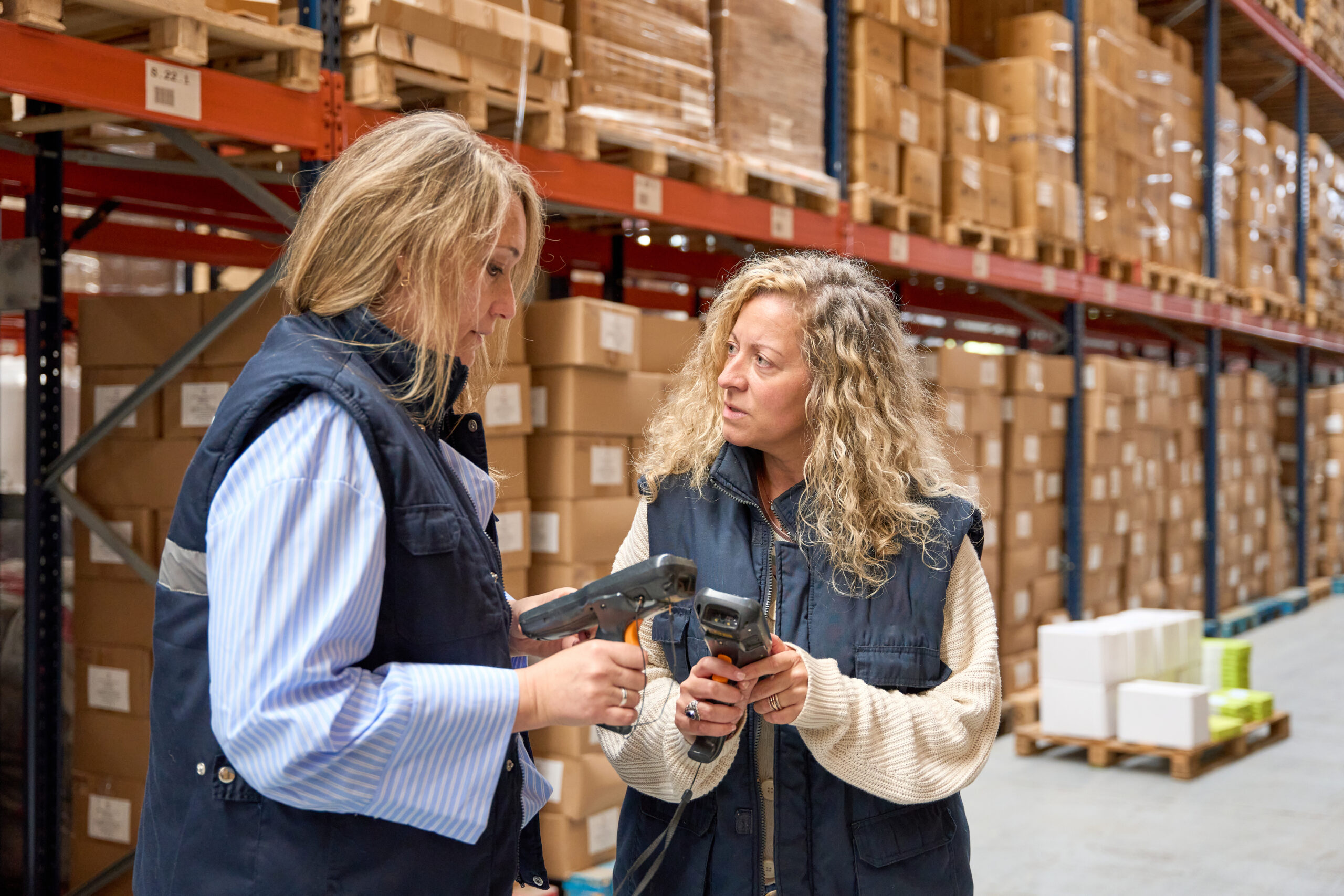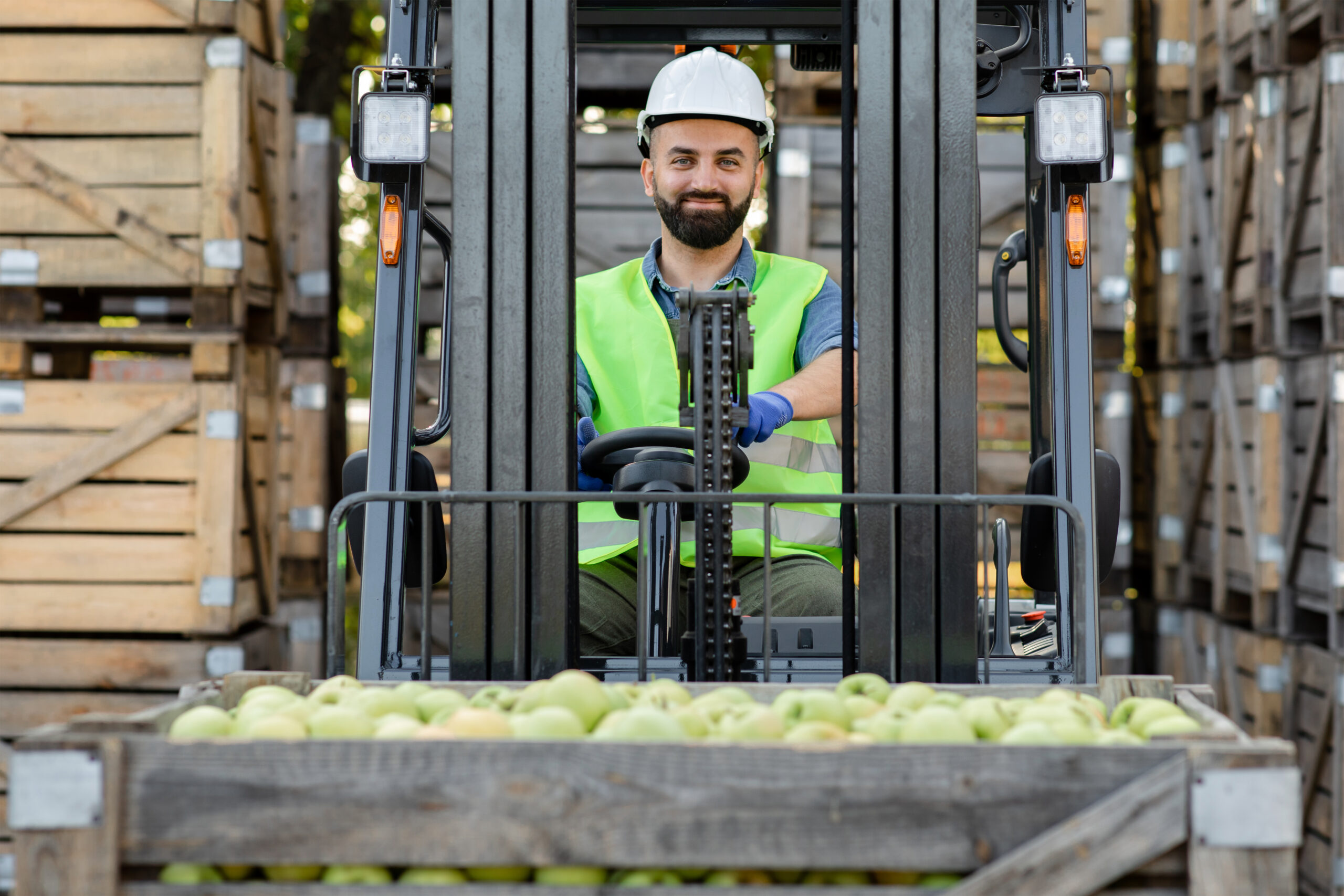In the modern world, supply chains are the lifeblood of the food industry. They are the essential networks that ensure food products move from the farm to our tables in the freshest, safest, and most cost-effective manner possible. However, as global demand for food increases, these supply chains face mounting pressure to improve efficiency, transparency, and sustainability.
At Namso Foods, we are leading the charge in revolutionizing food supply chains by optimizing production, distribution, and logistics. Our focus on innovation and technology helps businesses meet the rising challenges of a competitive marketplace while ensuring product quality and cost-efficiency.
Key Components of a Food Supply Chain
Understanding the core elements of a food supply chain is essential to recognizing how innovations can enhance efficiency and excellence. The key components are:
- Sourcing Raw Materials
The foundation of any food product lies in the raw materials used. This step involves selecting suppliers, ensuring the quality of ingredients, and managing relationships with farmers, manufacturers, and other producers. - Manufacturing
Once raw materials are sourced, they undergo manufacturing, where they are processed, packaged, and prepared for distribution. This phase involves numerous steps that must be carefully managed to maintain food safety, consistency, and quality. - Distribution
The distribution network is the system of warehouses, transport vehicles, and logistics partners that ensures products reach the right place at the right time. Efficiency here is critical to minimizing spoilage, delays, and overhead costs. - Logistics and Delivery
Food logistics involves the movement of goods from suppliers to retailers, restaurants, or directly to consumers. Effective logistics ensures that products remain fresh, meet quality standards, and are delivered within a defined time frame.
Challenges in Food Supply Chains
The complexity of food supply chains presents several challenges:
- Perishable Products
Many food products are highly perishable and require specific conditions (e.g., refrigeration, humidity control) throughout the supply chain. Delays or failures to meet these conditions can lead to spoilage, customer dissatisfaction, and significant financial losses. - Supply Chain Transparency
Traceability in the food supply chain is critical, particularly for safety and regulatory compliance. However, many companies still face challenges in tracking and documenting every step of the supply chain. - Logistical Inefficiencies
Long transportation times, poor routing, inadequate storage, and outdated distribution methods contribute to inefficiencies in food supply chains. These inefficiencies can lead to higher costs and longer delivery times. - Regulatory Compliance
Strict regulations surrounding food safety, labeling, and transportation can slow down supply chain processes. Navigating these regulations while ensuring compliance adds complexity to an already challenging process.
Innovative Solutions for Supply Chain Optimization
In response to these challenges, Namso Foods is investing in cutting-edge technologies and operational strategies to streamline the food supply chain and address these key pain points:
- IoT and Real-Time Monitoring
The Internet of Things (IoT) enables real-time monitoring of temperature, humidity, and product movement throughout the supply chain. This technology allows us to respond instantly to any deviations from the required conditions, ensuring the quality and safety of perishable goods. - AI and Predictive Analytics
Artificial intelligence and machine learning help us predict demand trends, optimize inventory management, and streamline production schedules. By analyzing historical data, we can anticipate future needs and avoid supply chain bottlenecks before they occur. - Blockchain for Transparency
Blockchain technology offers an unprecedented level of transparency in the food supply chain. By providing a tamper-proof, digital ledger of every transaction, blockchain allows stakeholders to trace the origin, movement, and quality of every product, which is especially valuable for meeting food safety standards. - Automated Warehousing and Robotics
Robotic systems and automated warehouses improve speed and accuracy in processing orders and managing inventory. By reducing human error and enhancing productivity, these innovations help us optimize storage capacity and ensure on-time deliveries.
How Namso Foods Transforms Supply Chains
At Namso Foods, our innovative solutions are already driving significant improvements in the food supply chain, benefitting both our partners and customers. Here’s how we do it:
- Tailored Logistics Solutions
We provide personalized logistics solutions that adapt to the specific needs of our clients. Whether it’s ensuring that products are transported under ideal conditions or optimizing the supply chain for cost-effectiveness, our tailored approach guarantees maximum efficiency. - End-to-End Traceability
Our integrated system allows us to track each product throughout its entire journey from source to delivery. This ensures transparency, mitigates the risk of contamination, and provides customers with the assurance that their products are safe and of the highest quality. - Optimization of Delivery Times
Through AI-powered tools and real-time tracking, we constantly optimize our routes and delivery schedules, minimizing delays and ensuring faster deliveries. This level of efficiency is key to meeting the fast-paced demands of the food industry. - Collaboration with Partners
We work closely with our suppliers, transport providers, and logistics partners to ensure that every aspect of the supply chain runs smoothly. Our strong network of partners enables us to maintain high standards, reduce costs, and provide superior service.
The Future of Food Supply Chains
The future of food supply chains is poised to be even more efficient, transparent, and sustainable. Several key trends are shaping the industry’s future:
- Sustainability and Green Logistics
As consumers and businesses alike demand more sustainable practices, food supply chains will increasingly focus on reducing carbon footprints. From electric vehicles for transportation to energy-efficient manufacturing, green logistics is the next frontier. - Integration of Big Data
Big data and predictive analytics will continue to play a larger role in improving supply chain efficiency. By analyzing vast amounts of data, companies will better understand consumer preferences, optimize inventory, and enhance forecasting capabilities. - Hyperlocal Sourcing and Distribution
To reduce transportation costs and improve food freshness, food supply chains will move toward more localized sourcing and distribution models. This shift will also help reduce environmental impacts associated with long-distance shipping. - Autonomous Vehicles
Self-driving trucks and drones are likely to revolutionize the transportation aspect of food supply chains. These technologies promise to increase speed, reduce human error, and lower operating costs.
Conclusion
Revolutionizing food supply chains is no small feat, but it’s a challenge that Namso Foods is embracing with enthusiasm. Through technological innovation, smarter logistics, and a relentless commitment to quality, we are transforming the way food reaches consumers. By improving efficiency, transparency, and sustainability, we are not just ensuring that food gets to its destination faster—we’re also helping to create a food system that is safer, more sustainable, and better prepared for the future.
With a strategic focus on optimizing every step of the supply chain, Namso Foods is not only addressing today’s challenges but is also building a resilient, efficient, and sustainable food ecosystem for tomorrow.



